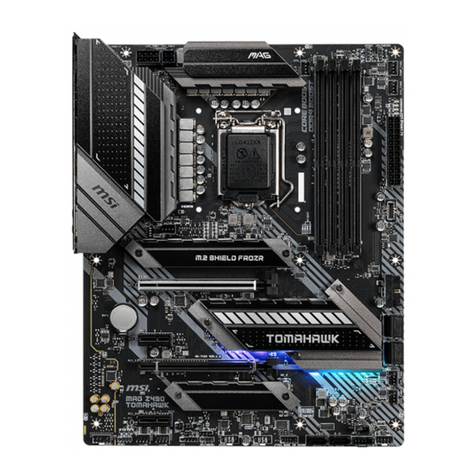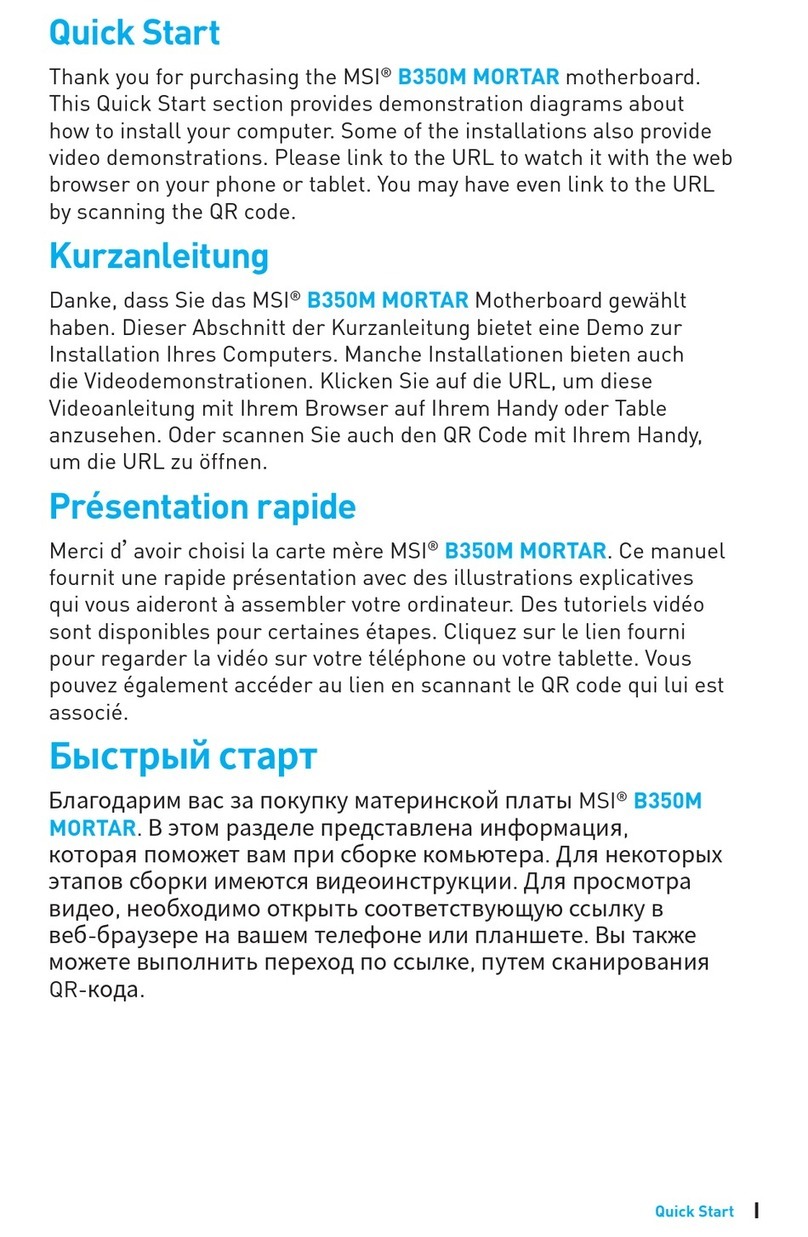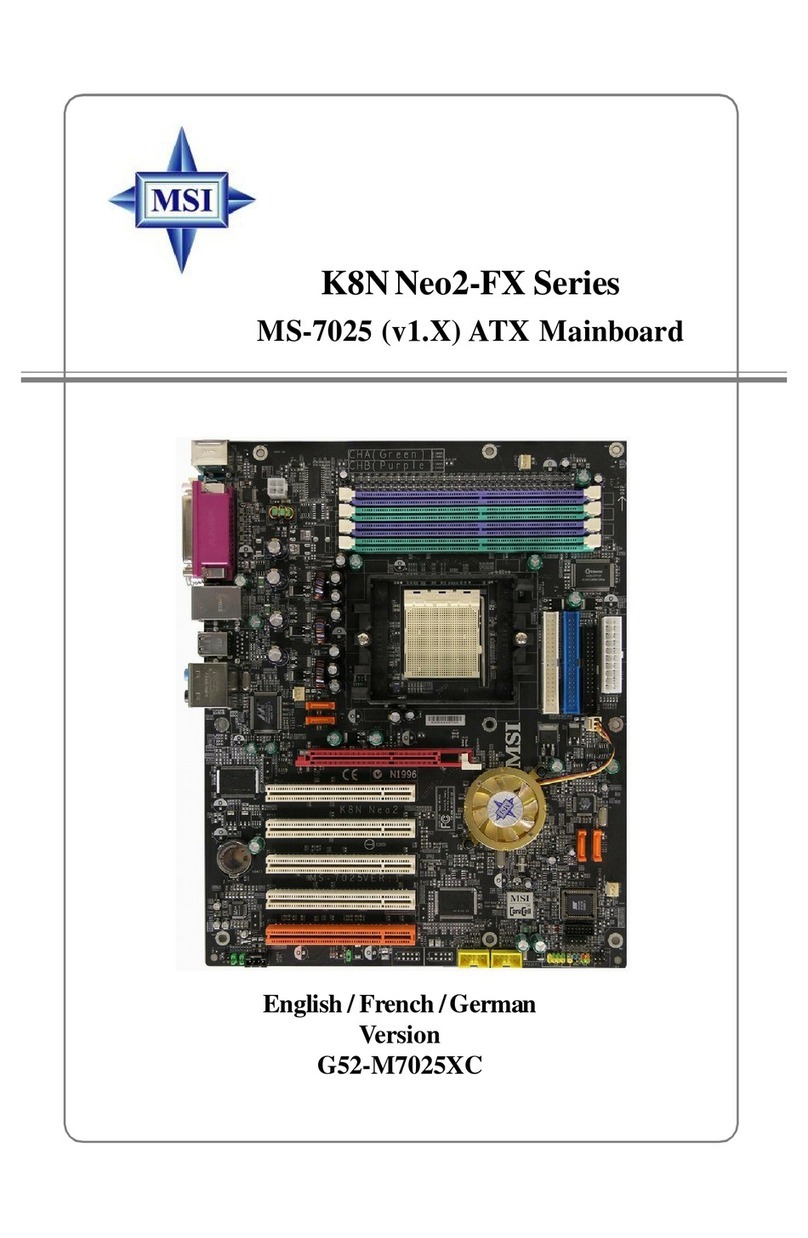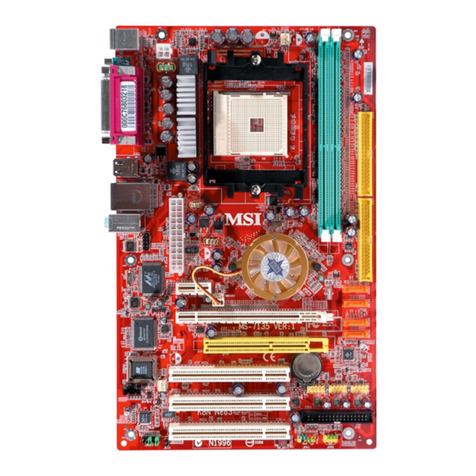MSI K7T266 Pro-R User manual
Other MSI Motherboard manuals
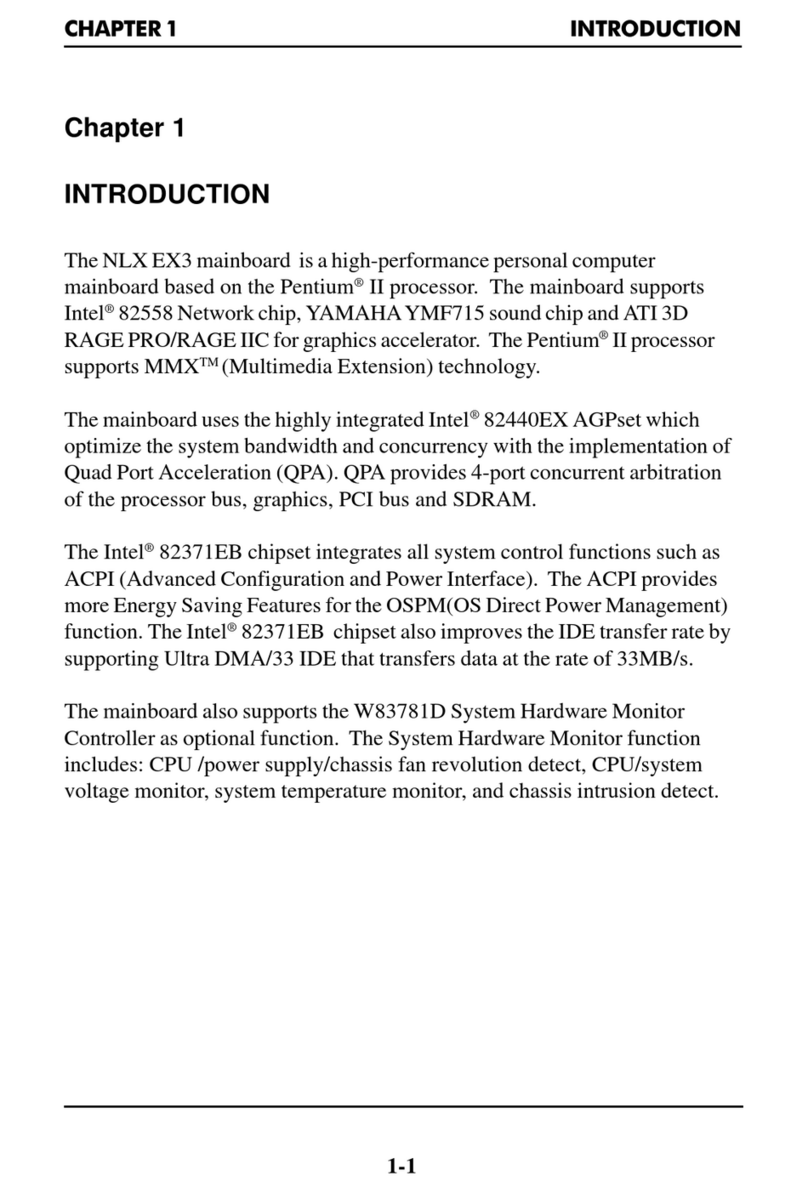
MSI
MSI NLX EX3 User manual

MSI
MSI RX480 Neo2 User manual
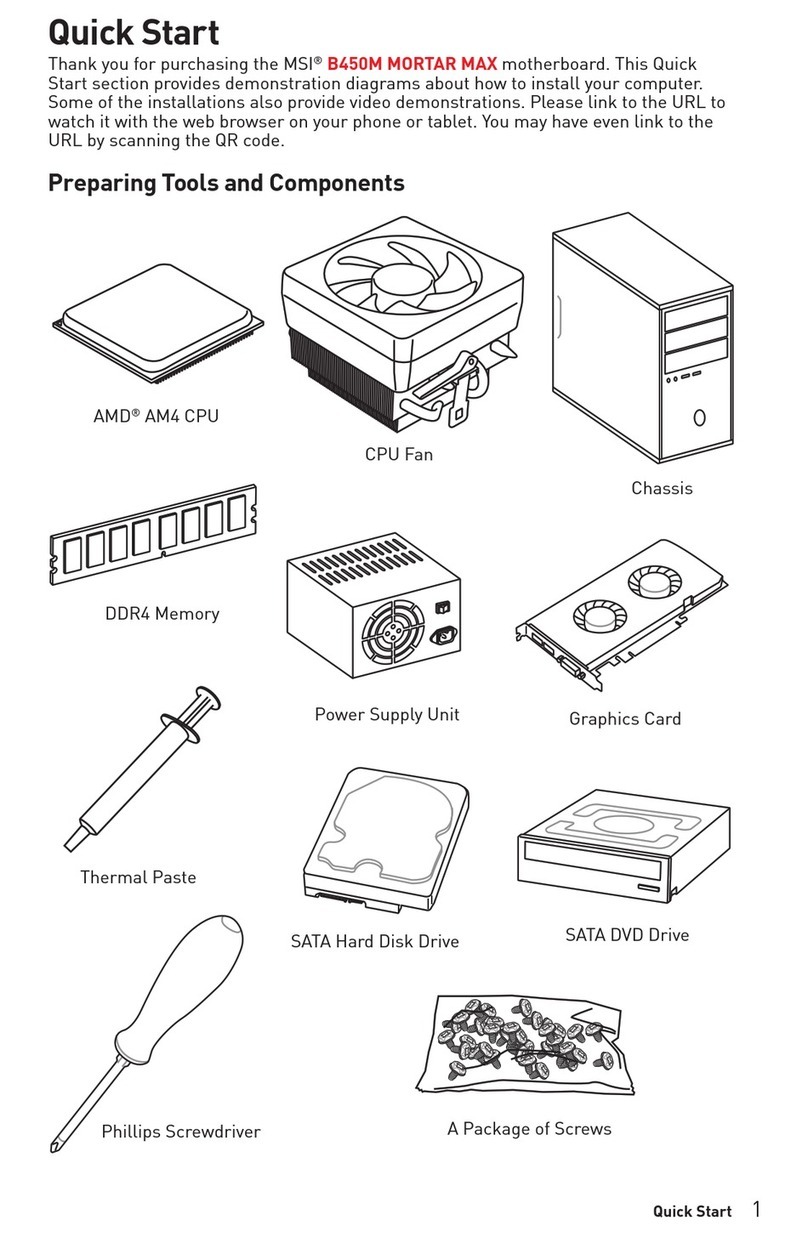
MSI
MSI B450M MORTAR MAX User manual
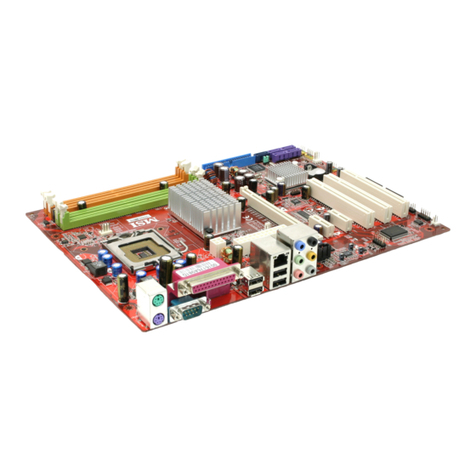
MSI
MSI P965 NEO-F - Motherboard - ATX User manual

MSI
MSI MS-7071 User manual

MSI
MSI B250M GAMING PRO User manual
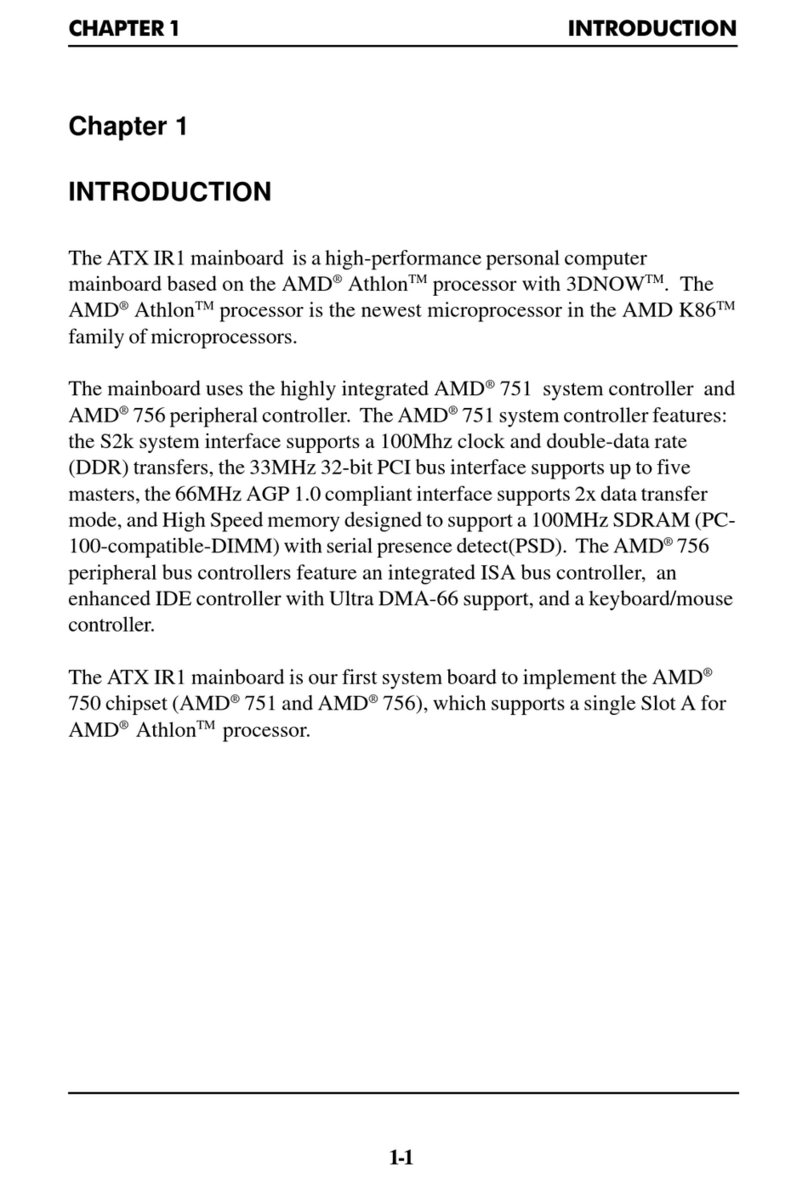
MSI
MSI ATX IR1 User manual

MSI
MSI H6Ma-P35 (B3) User manual
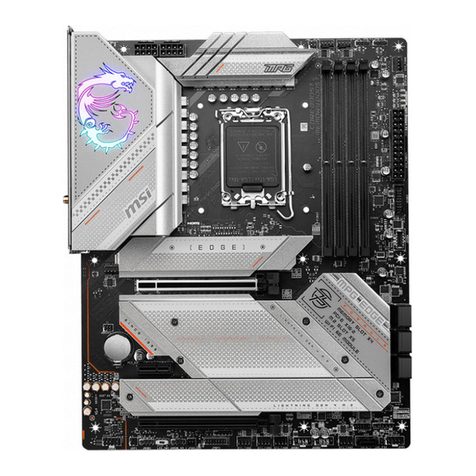
MSI
MSI MPG Z790 CARBON WIFI User manual
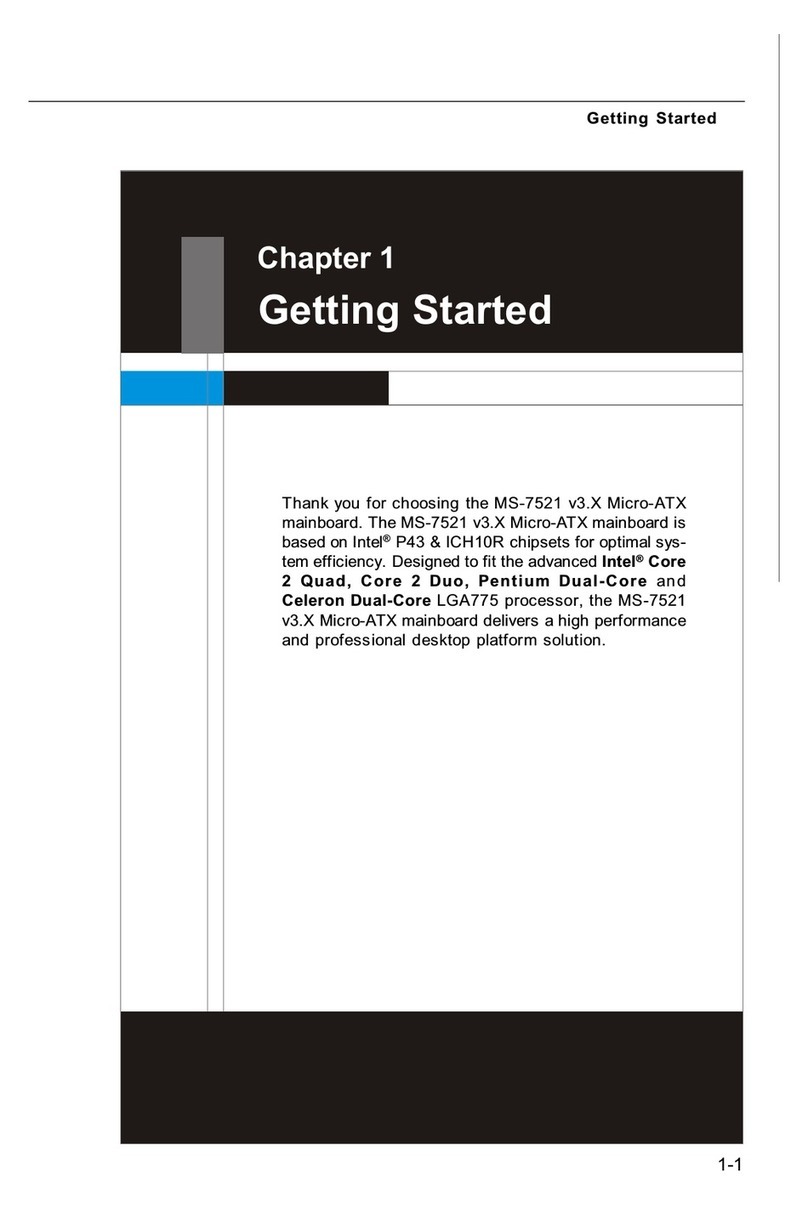
MSI
MSI MS-7521 (v2.X) User manual
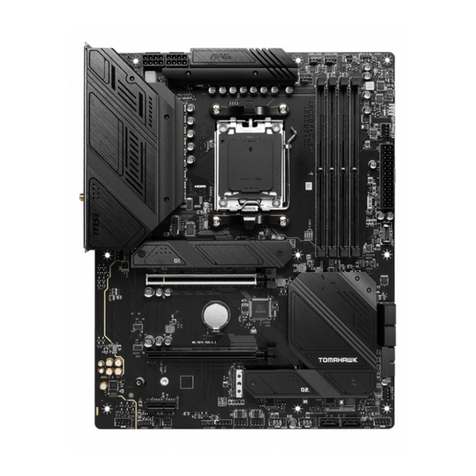
MSI
MSI MAG B650 TOMAHAWK WIFI User manual
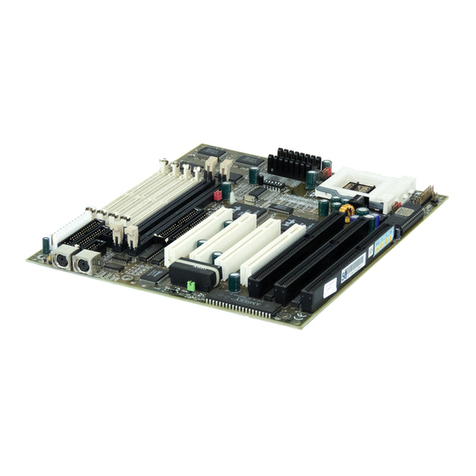
MSI
MSI MSI-5149 User manual
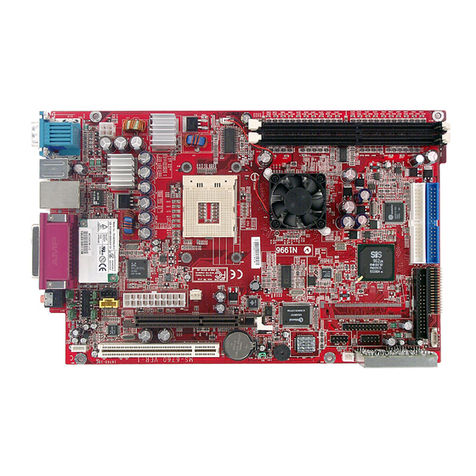
MSI
MSI MS 6760 User manual
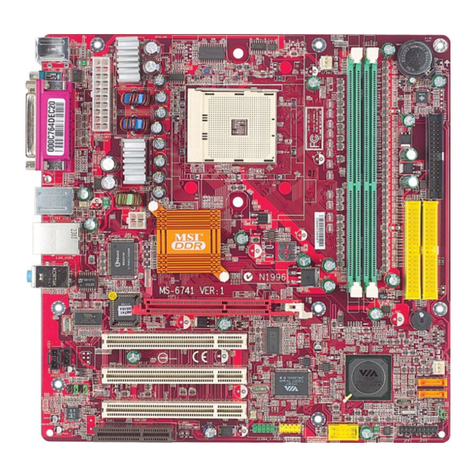
MSI
MSI K8MM-ILSR User manual
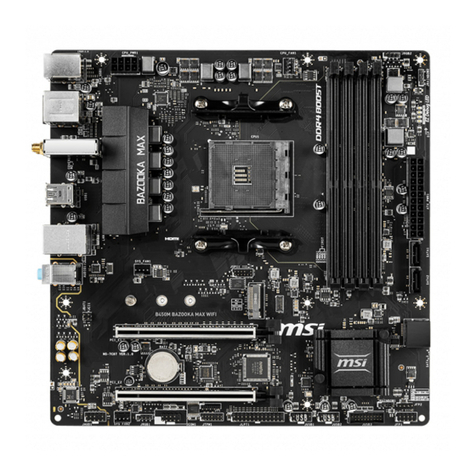
MSI
MSI B450M BAZOOKA MAX WIFI User manual

MSI
MSI MAG B460 TORPEDO User manual
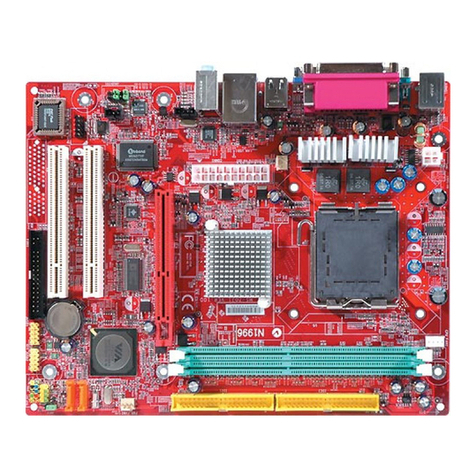
MSI
MSI PM8M2-V Series User manual

MSI
MSI K9N6PGM2-V - Motherboard - Micro ATX User manual
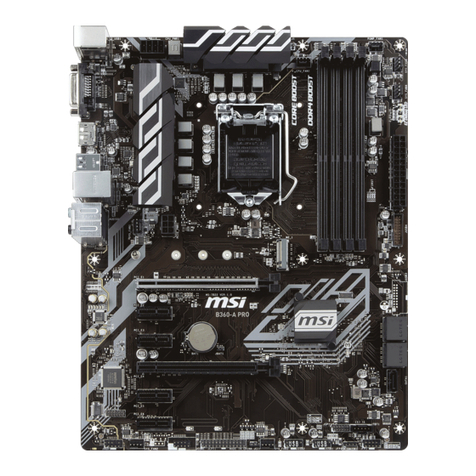
MSI
MSI B360-A PRO User manual
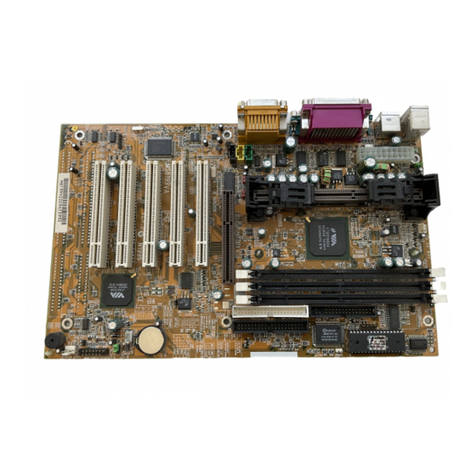
MSI
MSI MS-6199VA User manual
